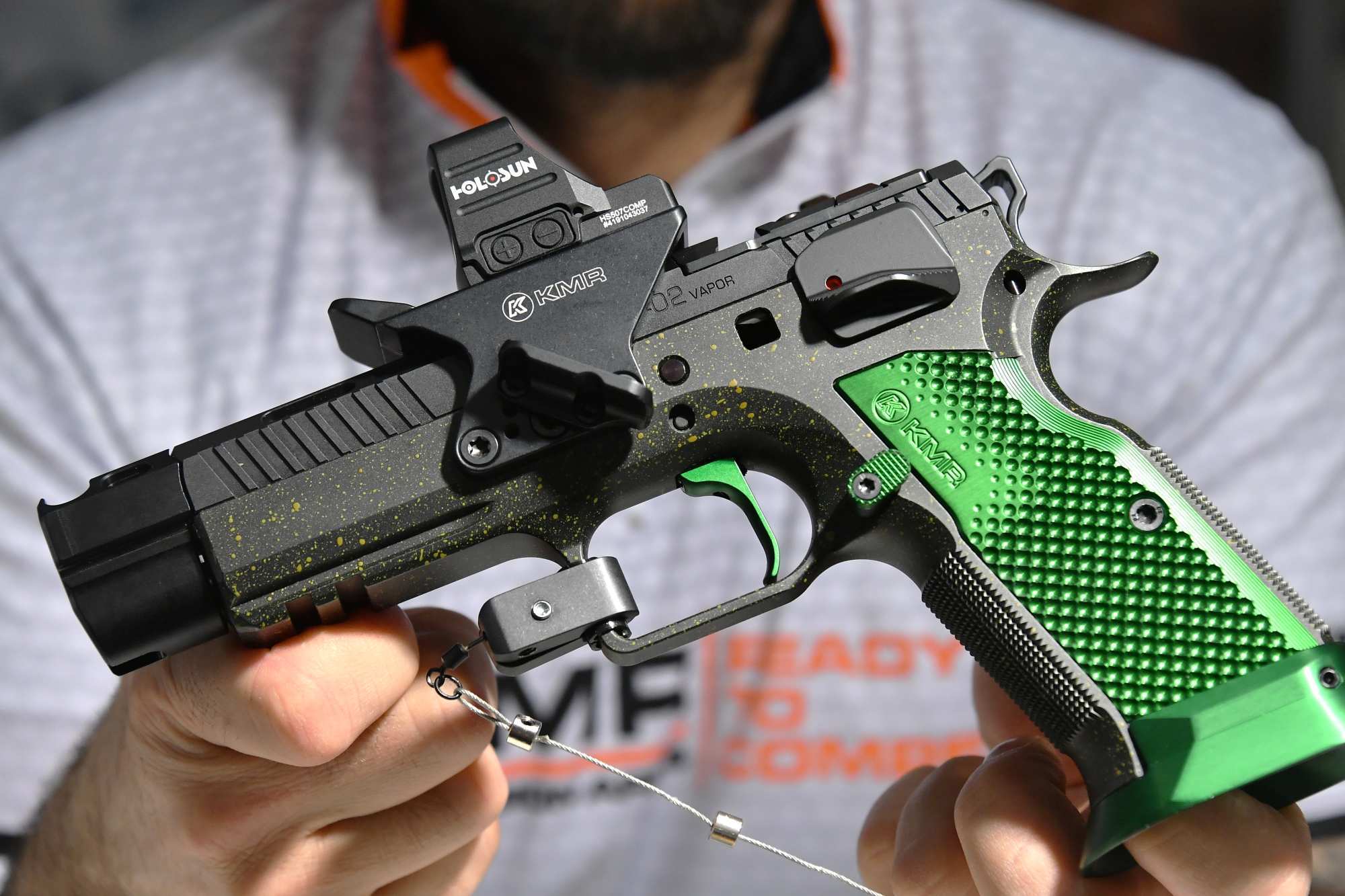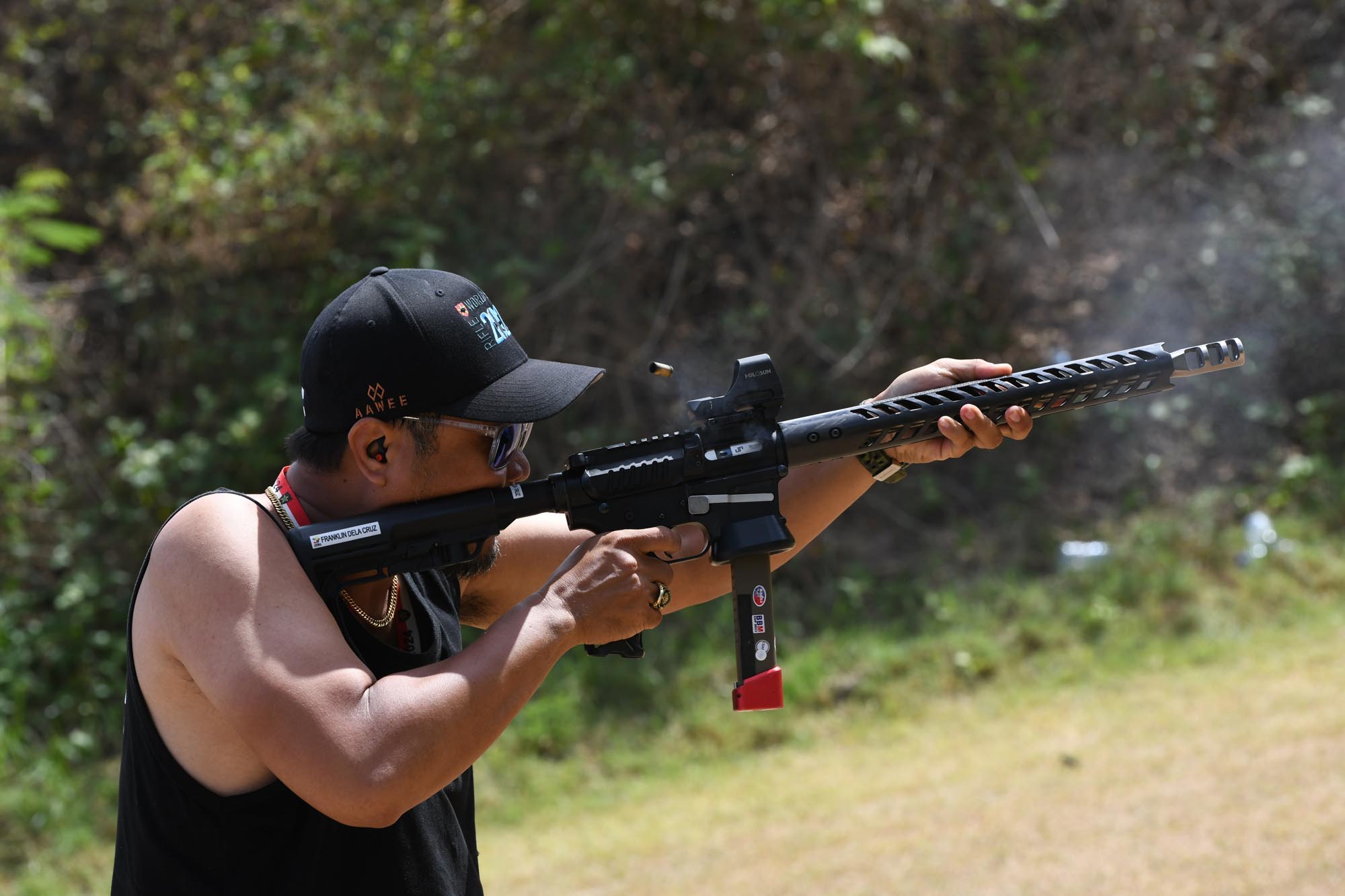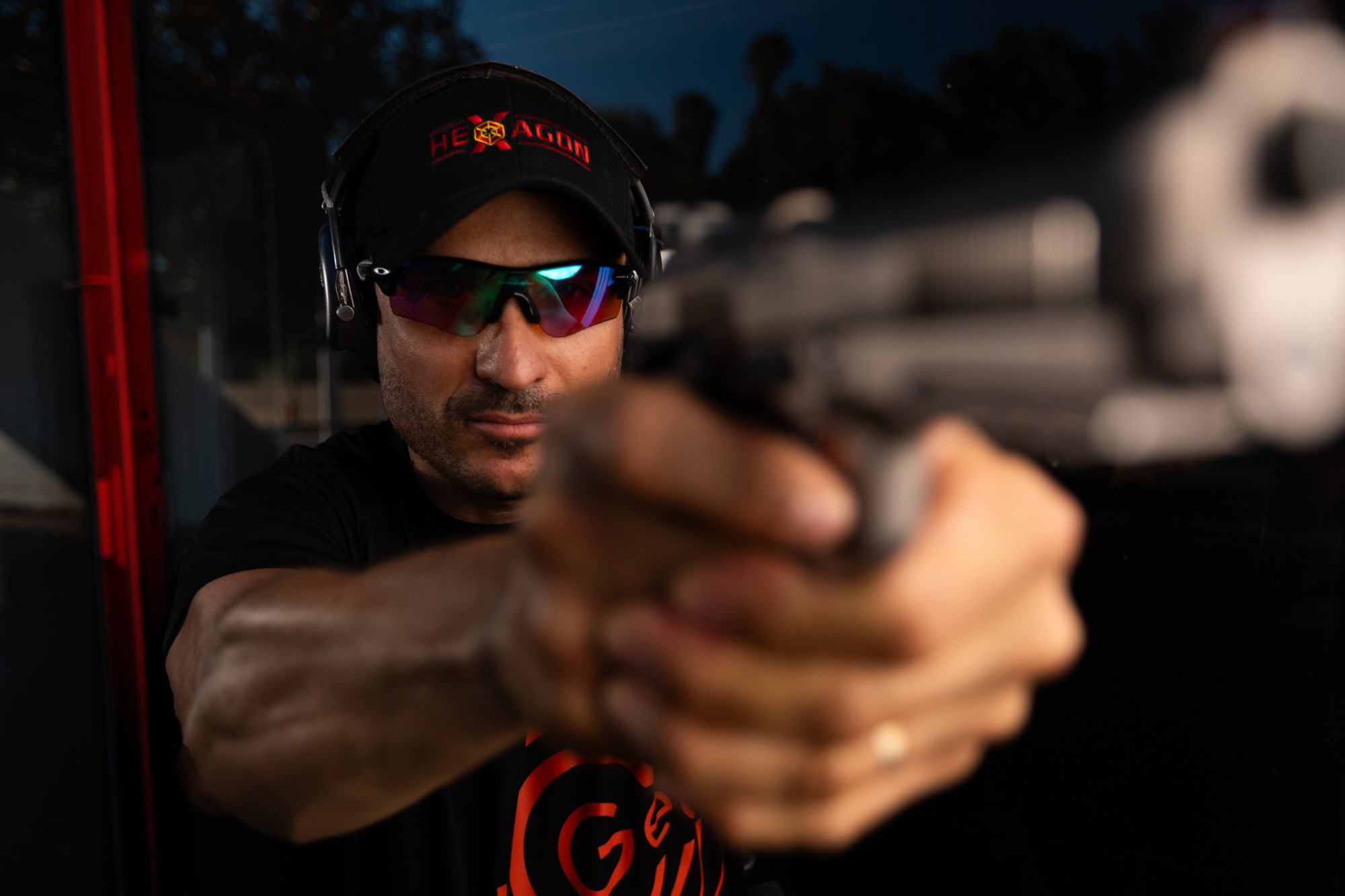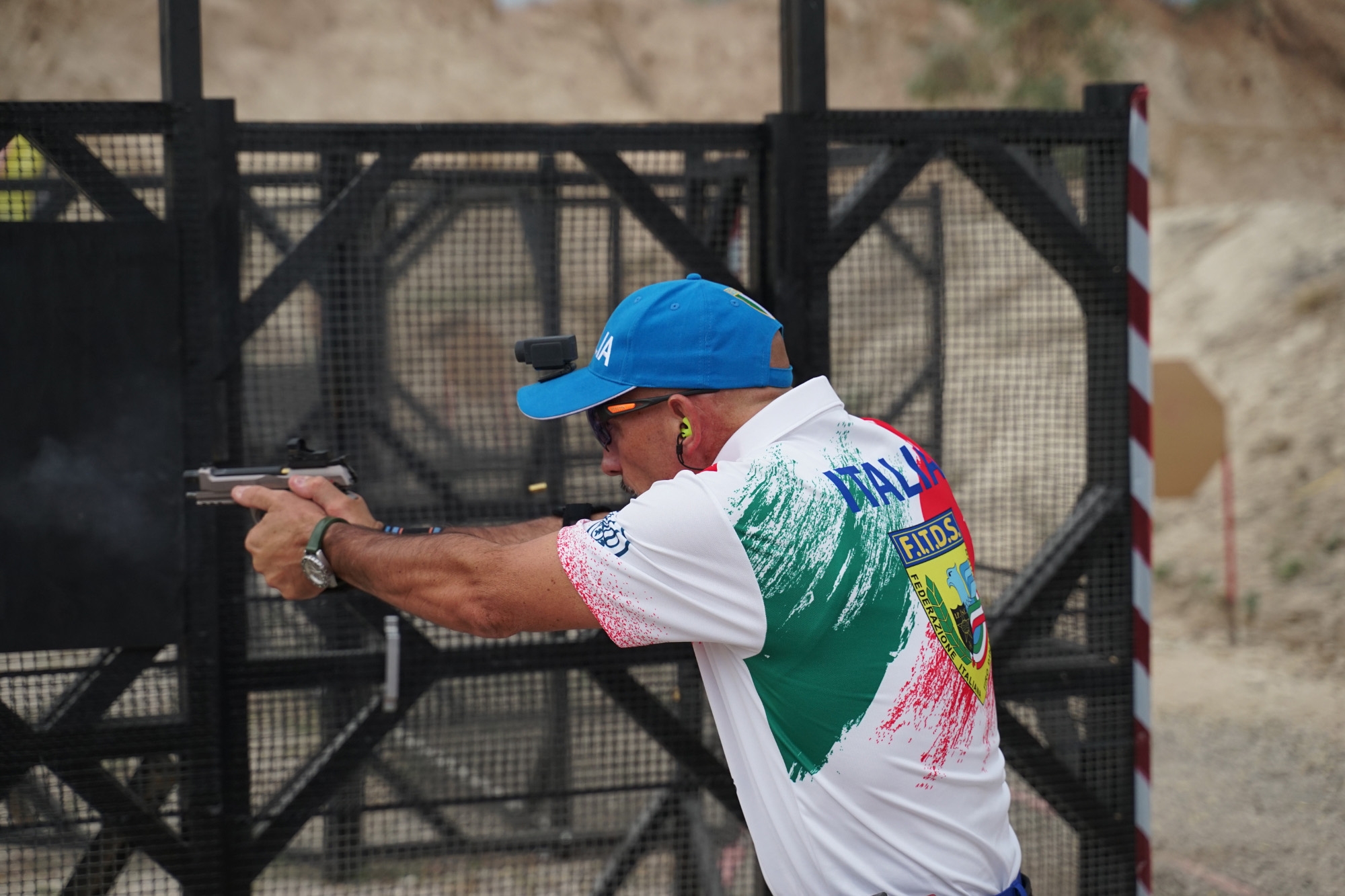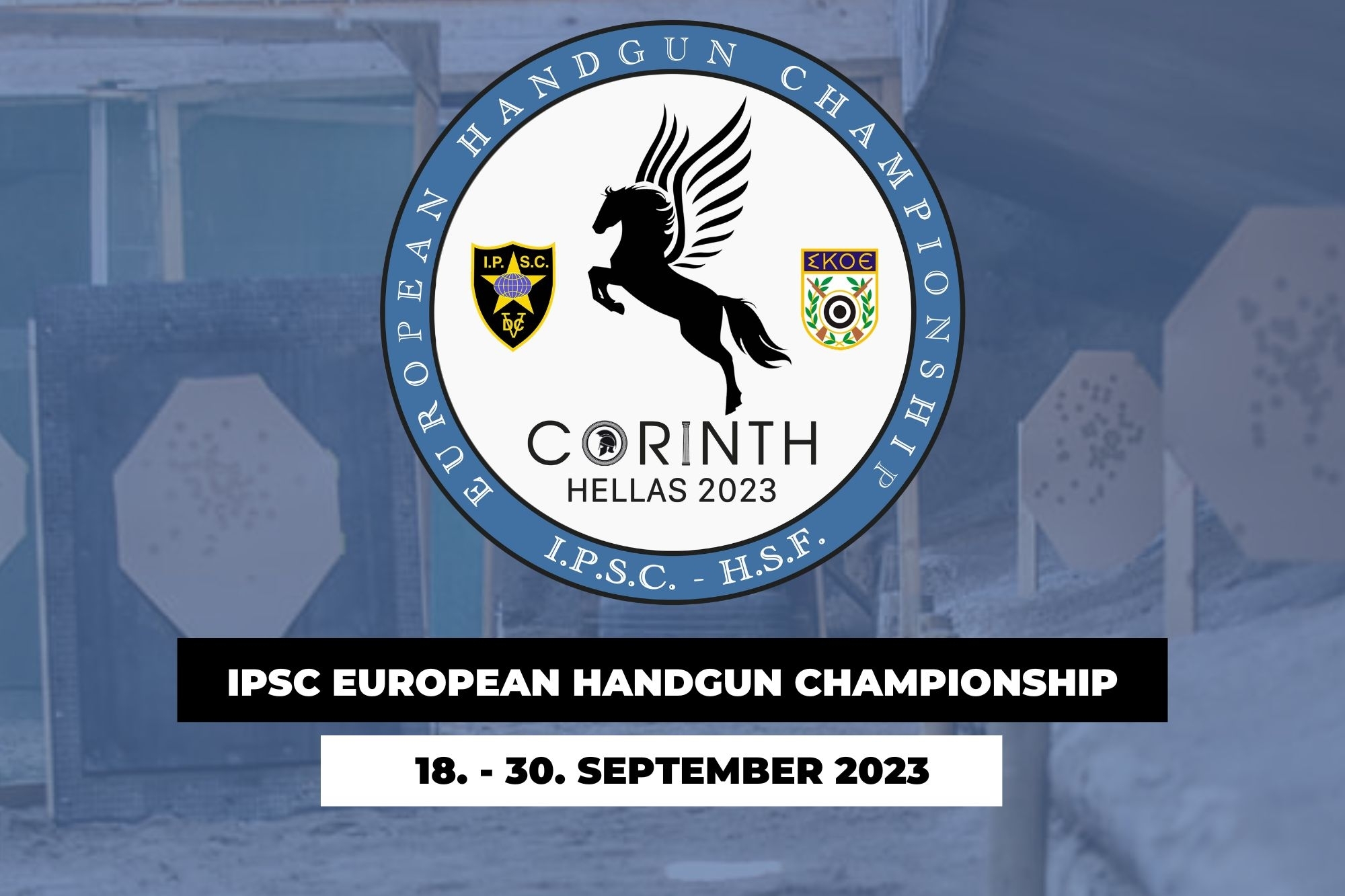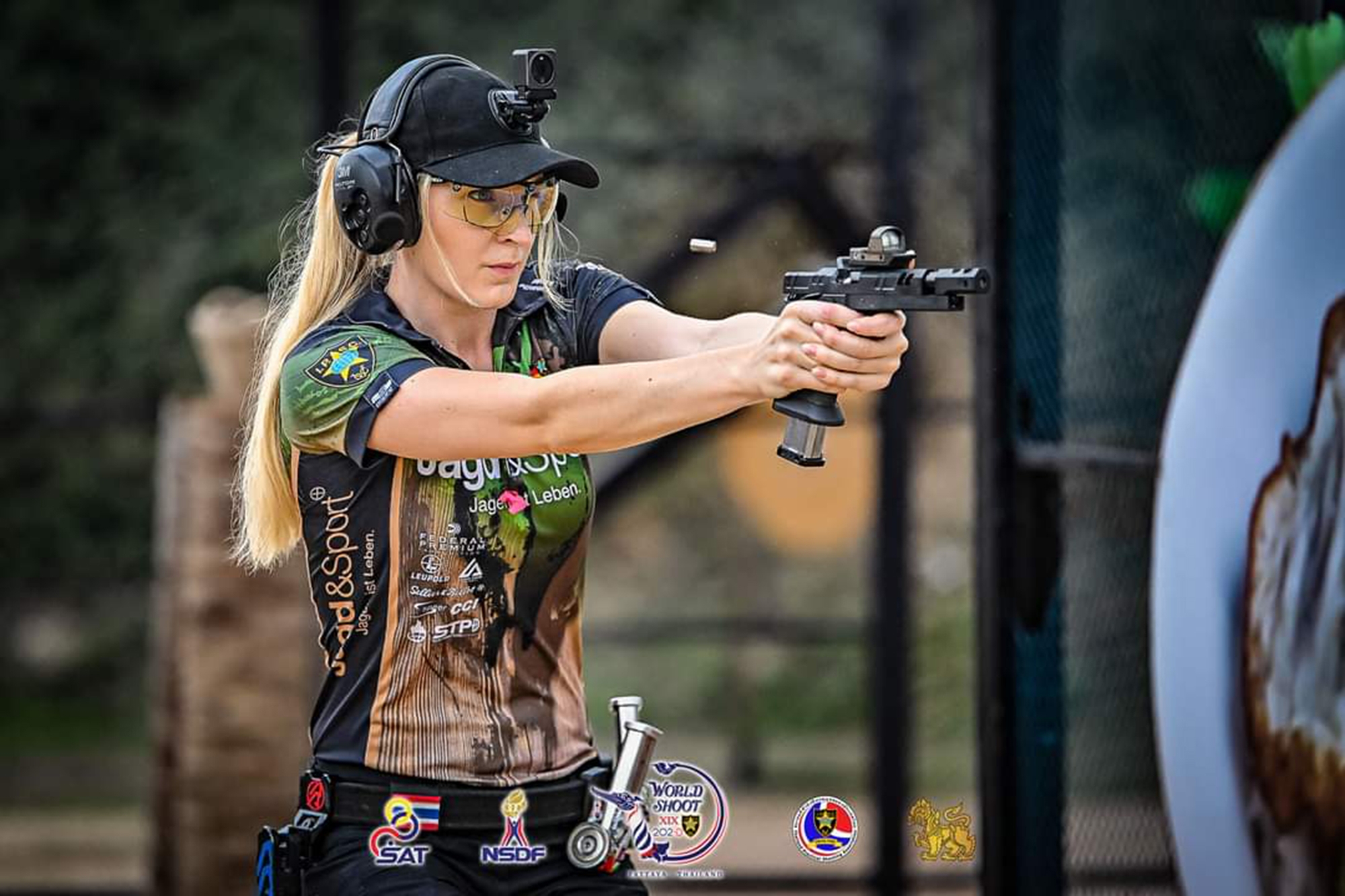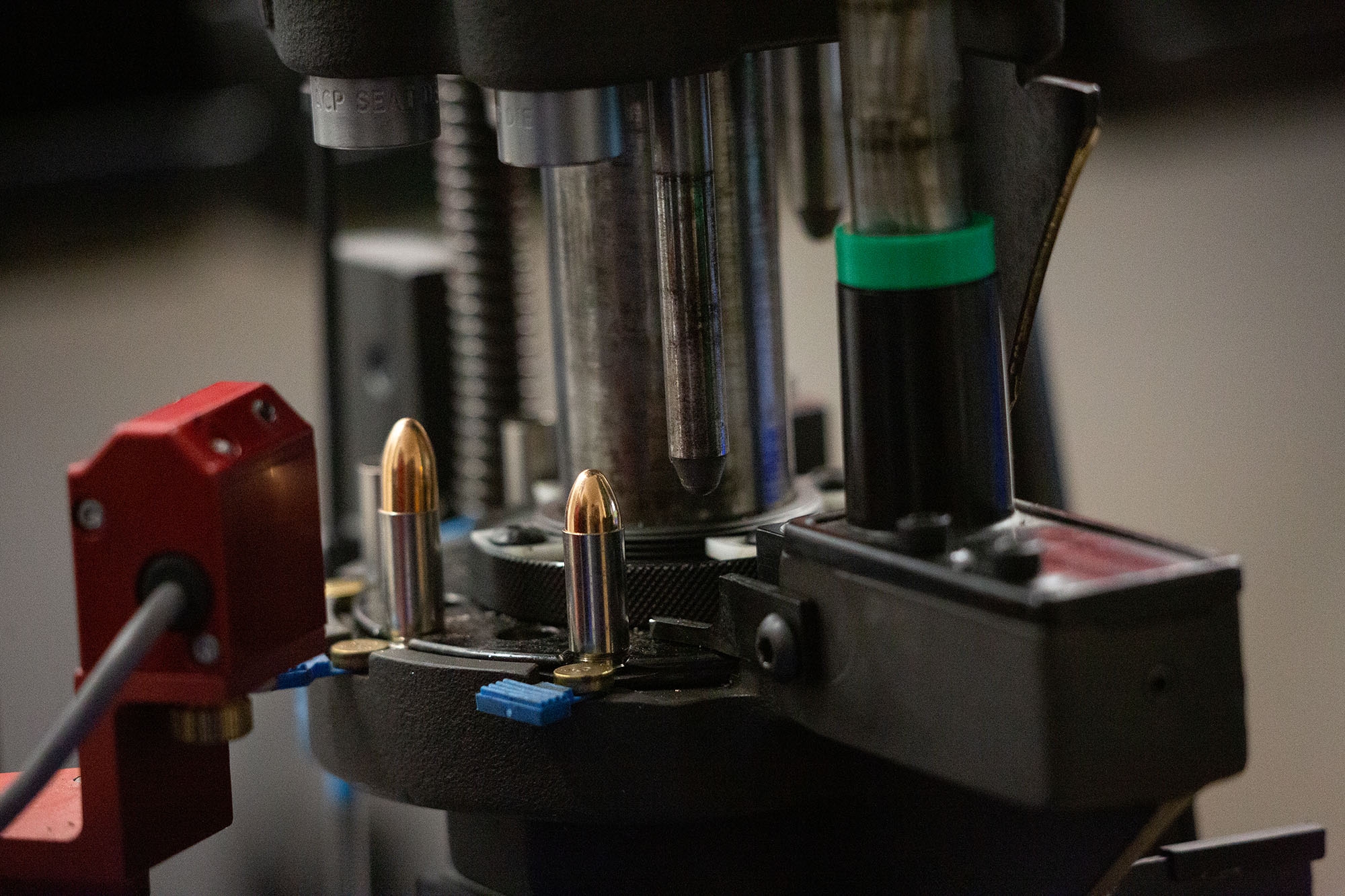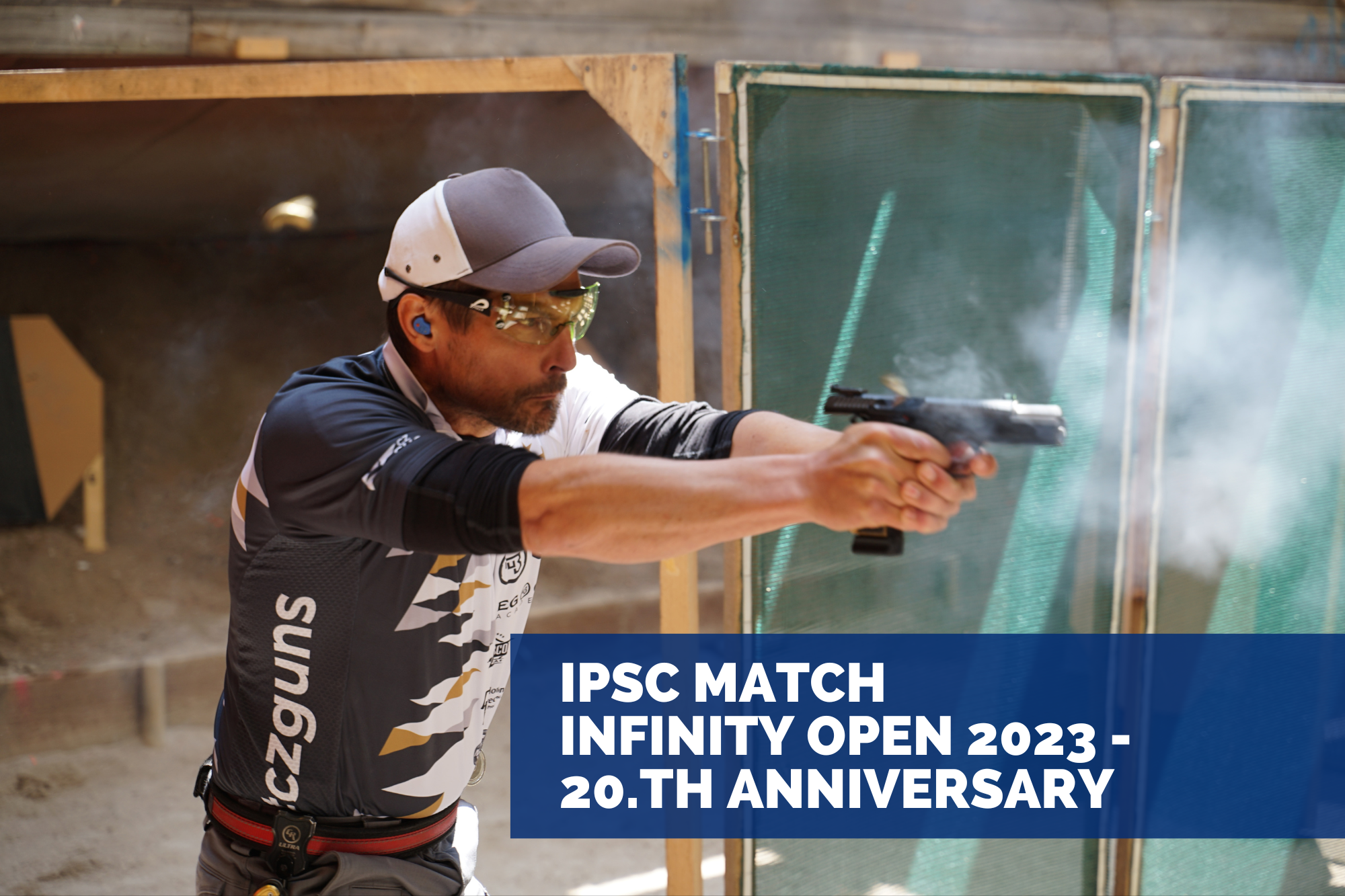In many competitive shooting sports the 10-mm .40 S&W cartridge tends to lead a shadowy existence. Stages that could be shot with a gun in 9mm, .40 S&W or .45 ACP, for example, are more likely to cause the shooter to reach for the .45 caliber than the smaller .40.
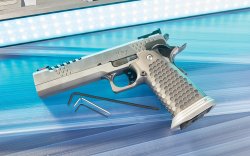
In most European countries at least, both cartridges are also about the same price and there is a much larger assortment for the .45.
And if you want to save money, you can use the 9 mm instead of the .45: a great financial consolation despite two missing millimeters to the next higher target ring – and the "poppers" will also tip over on hits from the 9 mm.
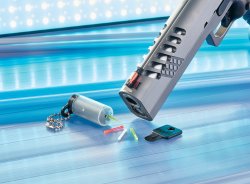
There is a similar price structure within the components for reloaders too, with only barely perceptible differences. And the variety of components is also significantly greater in .45 caliber. However, in IPSC the .40 S&W is said to have some strengths. Especially when fired from a top handgun like the STP DAG 5.5.
Prommersberger Gunsmithing has optimized this pistol specifically for the IPSC Rule Box dimensions, with a longer barrel and slide, shortened safety and magwell. Its STP-Euro patented modular frame grip conveys optimal grip with the surface called "HexGripp". The long dust cover, which extends up to the muzzle, adds mass and reduces recoil – important in the special IPSC "hit factor" scoring method.
On the shooting range with the STP DAG .40 S&W pistol from Prommersberger
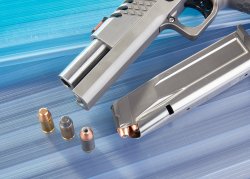
With a value of 191, the Fiocchi cartridge achieved significantly more than the required factor of 170. Out of hand, this load fired more unpleasantly than even crisply loaded .45s. With the remaining cartridge types, hardly any tester could detect a difference to the .45 ACP. Only the Hornady loadings kicked a little less, barely but surely exceeding the minimum factor of 170 with a value of 174. The gun in the Ransom Rest showed good shooting performance. Only, it's not much better than from comparable guns in .45 or 9 mm caliber.
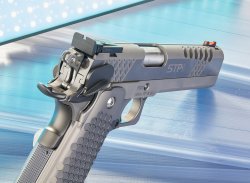
Then the shooting performance of the DAG was tested against an almost identical 5" STP Lisa in 9mm. Hit factor? Would be much better with the nine. But to only look at the faster shooting times, that does not apply in IPSC. With the weaker 9 mm, the shooter falls from the Major to the Minor ranking.
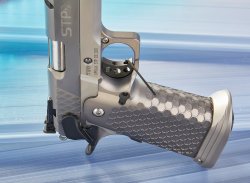
Hits outside the A-zone of the IPSC target are scored lower in the Minor class, so fewer points are accumulated for the same hit.
This is a clear advantage for the .40, as it allows a few more rounds to be loaded into the magazine than a .45 ACP. Is the the .40 S&W now floating on cloud nine, at least in IPSC shooting? Here, German IPSC top shooter and caliber magazine editor Tino Schmidt comments on this:
"The .40 S&W plays a rather subordinate role in the sporting field. Only in IPSC shooting, and only in the Standard Division, it has found its niche. For the Major classification, where more points are awarded outside the alpha zone, the rules stipulate a bullet diameter of at least .400/10 mm. The .40 S&W brings the advantage here that the double-stack magazines can be filled with 2 to 3 cartridges more than the .45 Auto, which used to set the tone in the Standard Division. Top shooters, whose rankings are sometimes only a few points apart, can thus hardly do without the .40 S&W. But those who, in our opinion, do not achieve 80% of the points of the winner can also confidently rely on the 9mm – i.e. Minor ranking – to slip only a few places. Some German IPSC shooters, like the author of this article, have made it to the top three in the Standard Division with Minor scoring. The thing is that you can enjoy lower recoil, higher magazine capacity and last but not least low cost and therefore more training ammunition. Moreover, there is no need to cry after the more expensive case material, which is always inevitably lost in competitions."
STP DAG 5.5 in .40 S&W specs and price
Model: | STP (2011) DAG 5.5 |
| Price: | from 3,590 euro |
| Caliber: | .40 S & W |
| Magazine
Capacity: | 15 + 1
cartridges |
| Dimensions
(LxWxH): | 230 x 41 x 150 mm |
| Barrel
Length: | 5.2"/133 mm |
| Twist
Rate: | 1:406 mm |
| Trigger
Pull Weight: | 45.8
oz/1,300 g approx. |
| Weight: | 46.7 oz/1,325 grams approx. |
| Features: | Kensight micrometer rear sight, green/yellow/red front sight insert, double-sided manual safety, adjustable trigger stop, Jet funnel. Set of Allen keys and ceramic oil. |
Our test conclusion on the STP DAG 5.5 pistol in .40 S&W
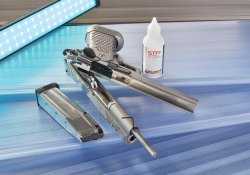
The .40 S&W is shot relatively frequently in only one IPSC discipline. Some shooters seem to already see it in the manner of a throwback pistol. For shooting sports outside of IPSC, the .45 ACP is the better choice both for reloading components and as factory ammunition.
Good shooters will come out ahead even with the smaller 9mm, and at a much lower cost. The good news is that pistols of similar quality to the STP DAG are also available from the manufacturer in 9mm and .45 ACP. Our critical remarks therefore primarily refer to the caliber.
For more information on the STP DAG 5.5 pistol in .40 S&W please visit the Sport Target Pistol website.



